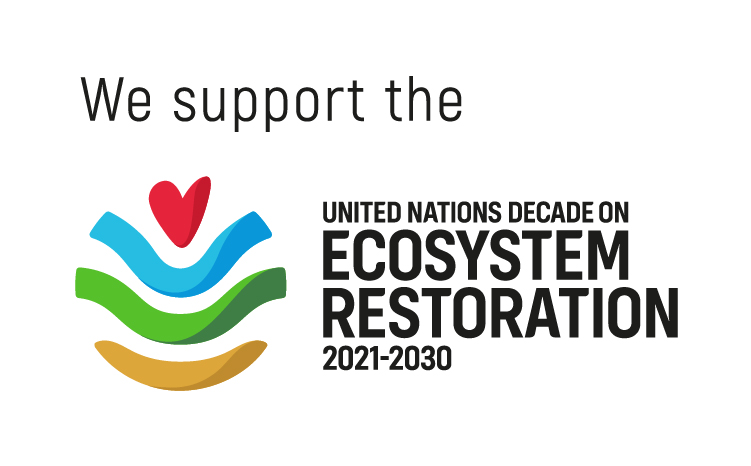Trees for Delhi NCR - New
Project Purpose
Trees for Urban LandscapeLocation

In 2025–2026, we planted 10,000 trees in Baansera Park, in addition to the 5,000 trees planted in 2024–2025.

Enhancement of
Biodiversity

Carbon Sequestration

Groundwater
Recharge

Increase in
Green Cover

Reduction in
Air Pollution

Control Soil Erosion





About the Project
Delhi is no stranger to high pollution levels. The high temperatures in the summers coupled with stubble burning from neighboring regions have contributed to the worsening air quality. As the smog and haze make it difficult for people to breathe, many either choose to or are forced to spend time indoors. This leads to a rise in energy consumption for lighting or cooling purposes.
Trees for Delhi is a valuable solution in combating pollution and poor air quality. Trees are natural absorbers of various pollutants such as sulfur dioxide, carbon dioxide, nitrogen oxide, and others. The tree plantation drive can lead to a significant reduction in these harmful substances in the air. Additionally, the tree cover will aid in bringing down the temperature in the area. This will create a more comfortable environment for everyone. Additionally, the planting of trees will also beautify the planting sites. The trees will also attract a diverse range of wildlife and the biodiversity of the area will be revived, creating a harmonious and balanced ecosystem that benefits everyone.
Why Trees for this project?
An article in the Diplomat pointed out that, “The Air Quality Index (AQI) readings regularly cross 10 times the WHO-defined “safe” limit of 60 micrograms per cubic meter of PM 2.5 particles (pollutant particles under 2.5 micrometers or less)”.
An article by the World Economic Forum referred to a research by the University of Chicago that found that “air pollution is currently shortening the life expectancy of people in Delhi by 10 years.” It further emphasized that, “the Air Quality Life Index shows that particulate matter pollution reduces life expectancy more than communicable diseases...”
Tree Species
The process of tree plantation involves meticulous planning, as the selection of the planting sites and the types of seeds planted are key factors in determining the success of the initiative. Great care is taken in identifying the most suitable locations for the planting of trees and selecting the appropriate tree species that can adapt to the local climate and soil conditions. For Trees for Delhi, we have planted Arjun (Terminalia arjuna), Shisham (Dalbergia sissoo), Jamun (Syzygium cumini) and Kachnar (Bauhinia variegata)
Making a Difference - The Impact of Your Support
Planting of trees offers numerous benefits that span across multiple aspects.*
Carbon sequestration
Trees do an excellent job absorbing carbon dioxide from the atmosphere. A mature tree can absorb up to 20 kg of CO2 each year. Trees keep the temperature cool and reduce atmospheric stressors.
Improve Soil Quality
Trees help to reduce soil erosion and improve the overall soil quality.
Employment for Women
Tree plantation activities provide employment for women as many women workers participate in our projects.
Recharge Groundwater
Through the planting of trees, we can help regulate the natural water cycle and improve water quality. This will benefit the locals. Groundwater recharge happens when water from rainfall and other sources soaks into the ground and refills underground water sources. This is important in making sure we have enough water for drinking and other uses.
Aesthetic appeal
Planting of trees improves the aesthetic value of a plantation site and as a result, it is attractive to birds and arboreal species.
*The environmental benefits of the trees reach their full potential as they mature.









